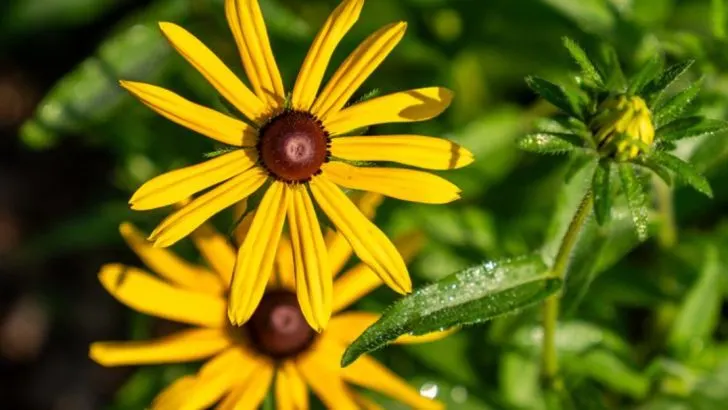Imagine a garden full of perennials that multiply effortlessly, filling your beds year after year without extra cost or work. These plants don’t just survive—they spread quickly, creating lush, vibrant spaces that keep on giving.
From groundcovers to flowering favorites, these 20 perennials are champions of natural propagation. They’ll send out runners, self-seed, or divide themselves, meaning you can enjoy more blooms and greenery each season without buying new plants.
In this article, discover which perennials are the best for gardeners who want to grow their garden exponentially with minimal effort—making your outdoor space a thriving, self-sustaining oasis.
Daylilies
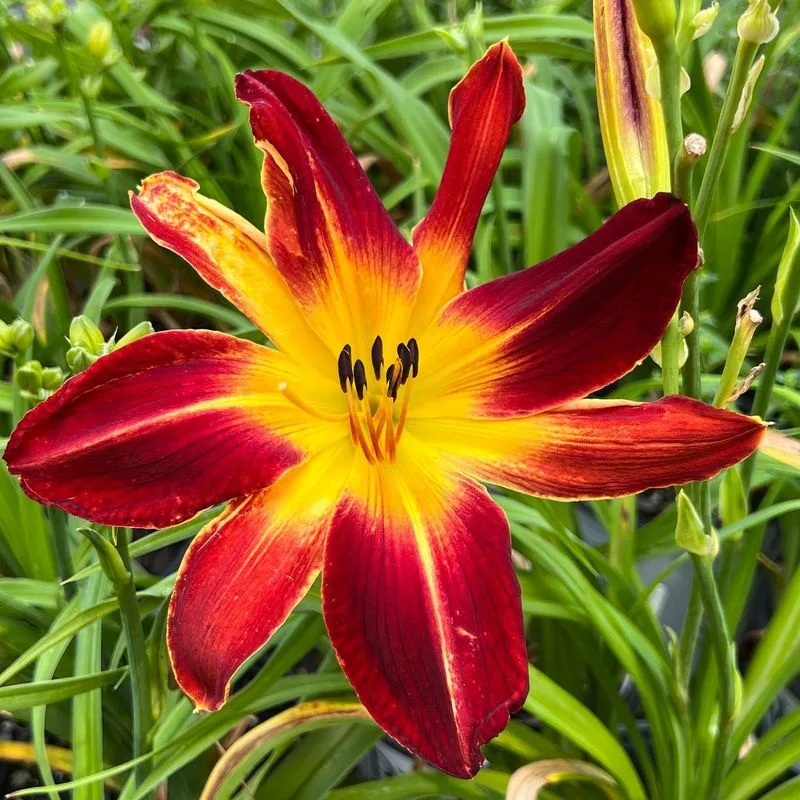
Daylilies are the epitome of abundance in the garden. Known for their vibrant blooms, they spread effortlessly, creating a colorful tapestry. These perennials are perfect for those who prefer spending their time enjoying the garden rather than maintaining it. Each bloom lasts just a day, but the plant produces an abundance of flowers that make up for their fleeting beauty. With little care, daylilies thrive and multiply, forming dense clumps. A fun fact: despite their name, daylilies are not true lilies! Their resilience and adaptability make them favorites among gardeners.
Lavender
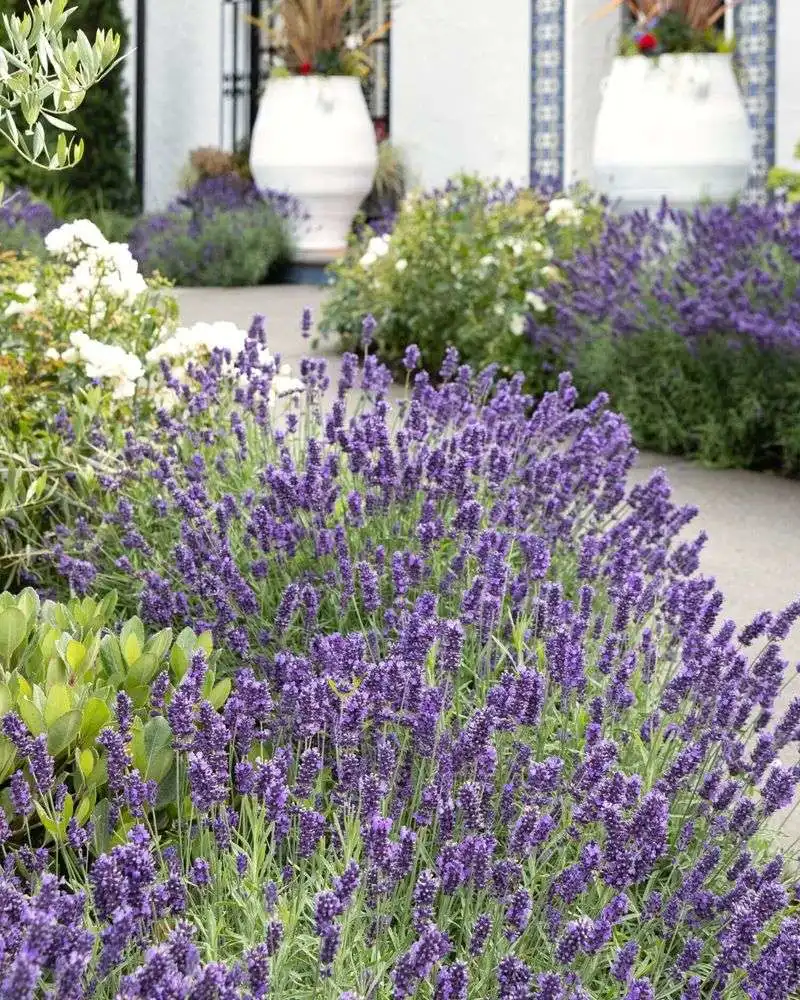
Imagine walking through a garden filled with the calming scent of lavender. This perennial not only offers a soothing fragrance but also adds a touch of elegance with its purple blooms. Lavender can quickly fill up your garden space as it’s known for its fast growth and spreading nature.
Originating from the Mediterranean, it’s no wonder this plant loves sunny spots. Once established, it requires minimal care. A fun fact: Romans used lavender in their baths to take advantage of its refreshing scent.
Hostas
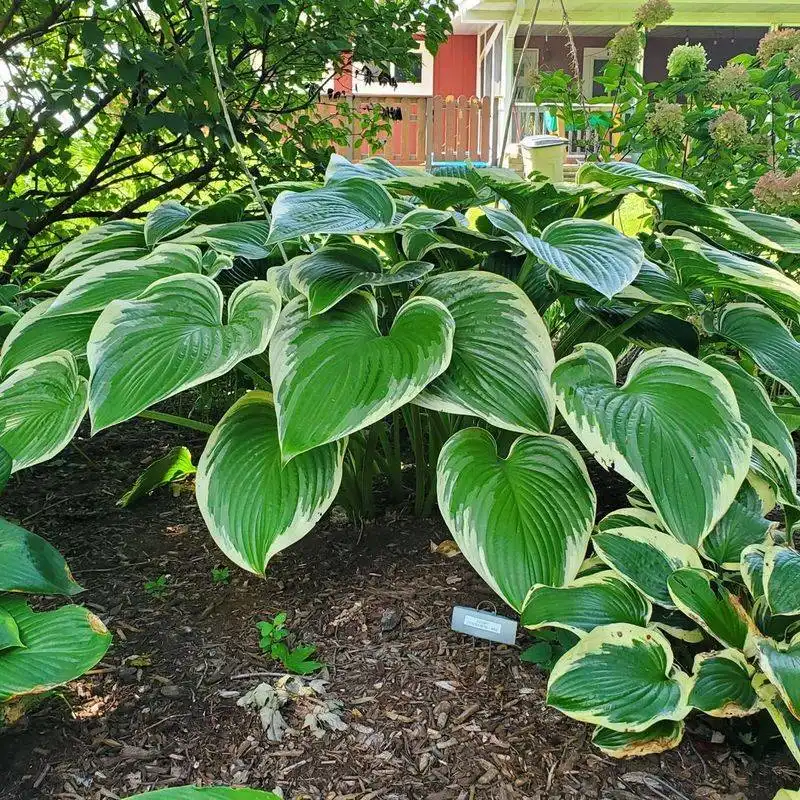
Hostas are the unsung heroes of shaded gardens. Known for their broad, patterned leaves, they multiply swiftly, filling in any gaps with their lush foliage. These perennials are perfect for adding texture and depth to your garden.
Hostas thrive in shaded areas, creating a cool, green retreat. They are easy to maintain, requiring just a bit of water and some shade. Did you know? Hostas are originally from Japan and have become a favorite worldwide for their adaptability and beauty.
Bee Balm
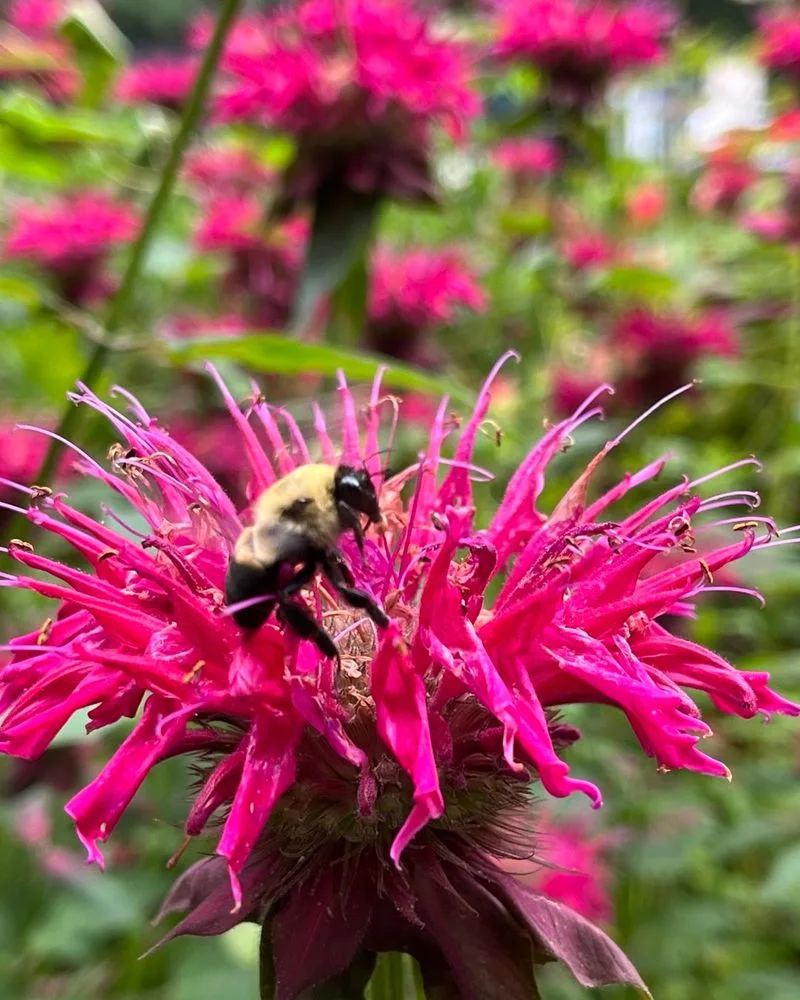
Bee Balm is a feast for the eyes and a delight for pollinators. With its bright, tubular flowers, it attracts bees, butterflies, and hummingbirds, making your garden lively. Bee Balm spreads quickly, ensuring a colorful display each summer.
Known for its medicinal uses, Native Americans used it for treating colds and flu. It thrives in sunlit gardens, adding a splash of red, pink, or purple. Ensure your garden is buzzing with activity by planting Bee Balm, a true pollinator’s friend.
Lamb’s Ear
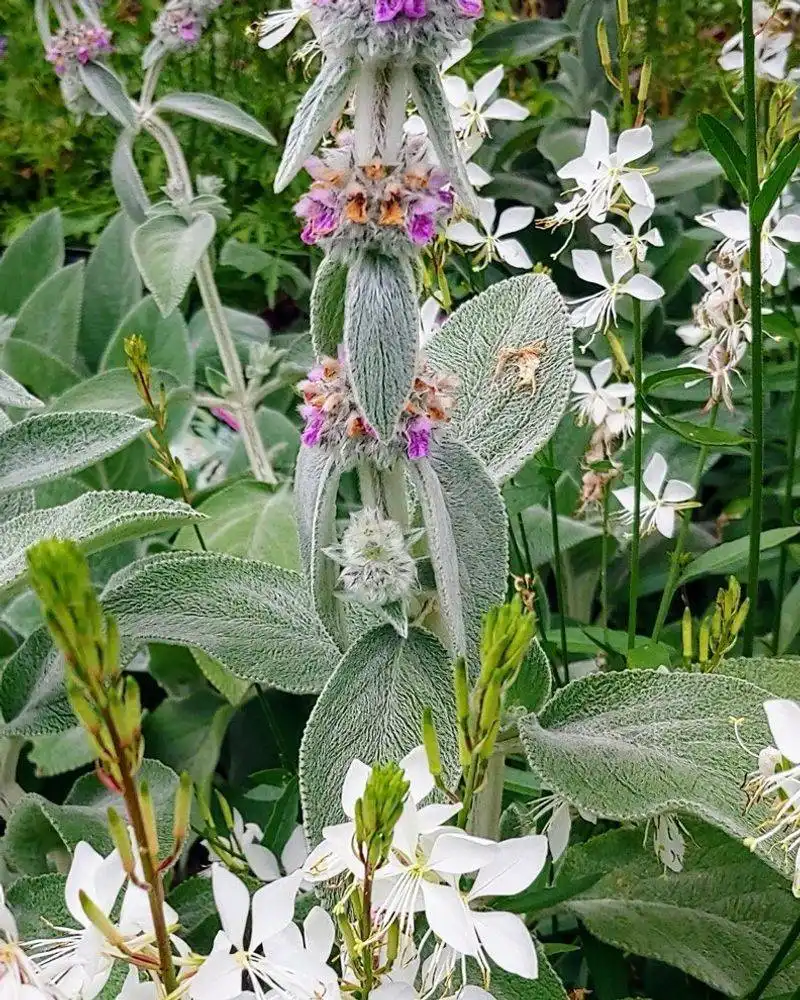
Lamb’s Ear is cherished for its velvety, silver leaves that resemble the soft ears of a lamb. This perennial is a perfect ground cover, rapidly spreading to create a silvery carpet in your garden.
Lamb’s Ear prefers sunny locations and is drought-resistant once established. Children adore its texture, often using it as a natural touchstone. Its unique appearance makes it a charming addition to any garden, brightening up spaces with its light, silvery hue.
Black-eyed Susan
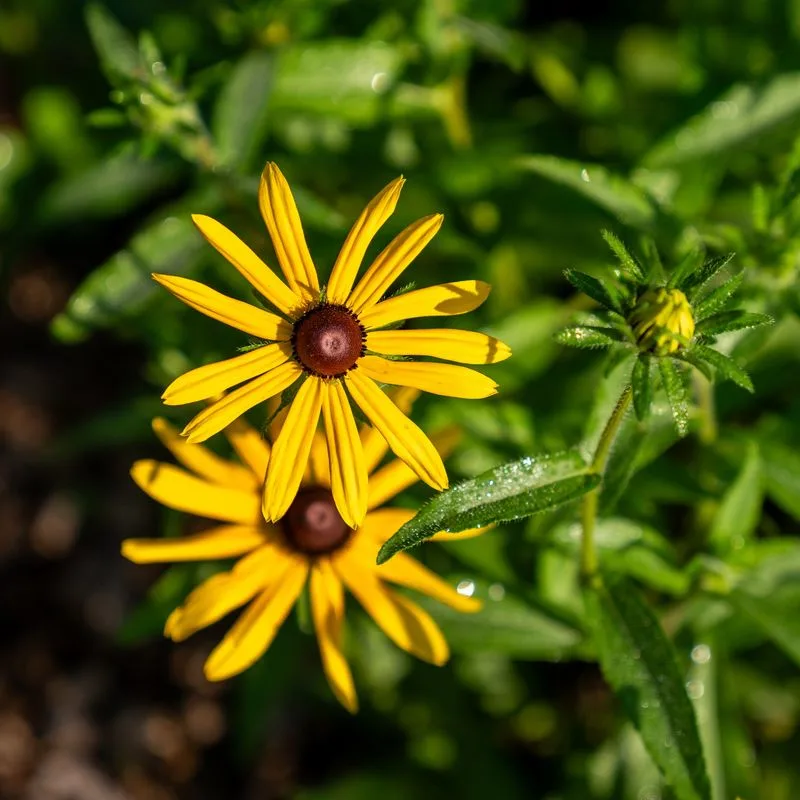
Black-eyed Susans are synonymous with sunny cheerfulness. These flowers, with their bright yellow petals and dark centers, spread quickly, forming vibrant patches of color.
Perfect for sunny beds, they are drought-tolerant and low-maintenance, making them a favorite among gardeners. A piece of trivia: they are the state flower of Maryland. Black-eyed Susans not only brighten up gardens but also attract butterflies, adding life to any outdoor space.
Sedum
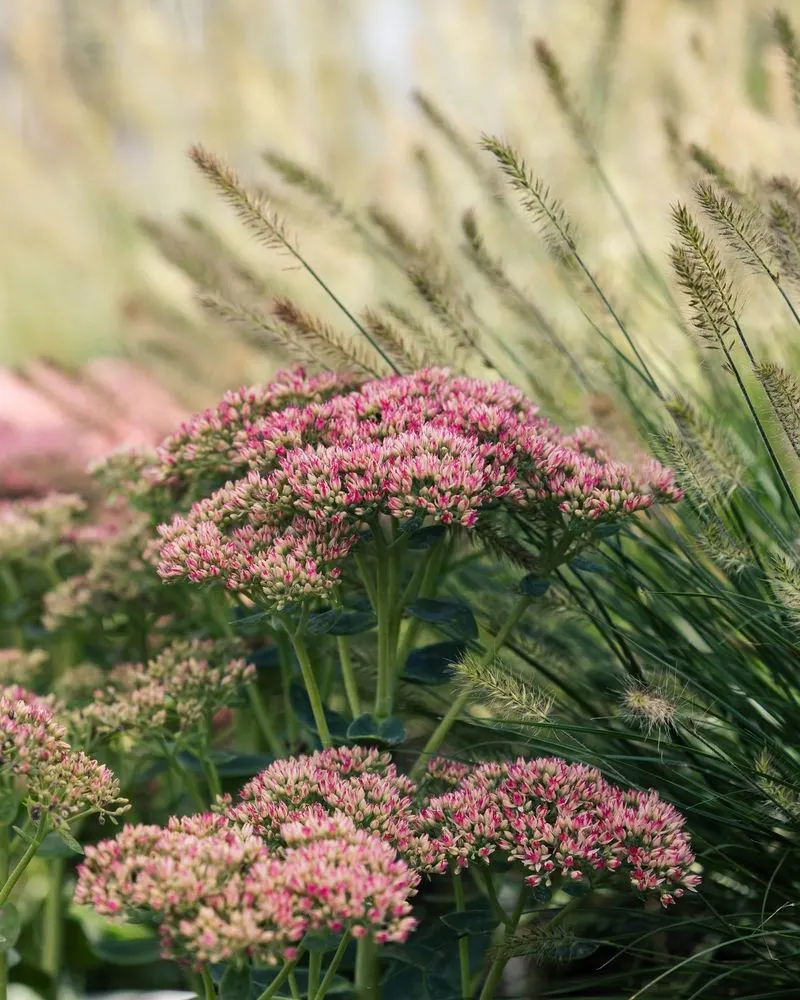
Sedum, often known as stonecrop, is a succulent perennial that thrives in dry, rocky areas. Its thick, fleshy leaves and star-shaped flowers make it a standout in any garden.
Sedum spreads easily, especially in well-drained soils, creating colorful mats. This plant is perfect for rock gardens or borders, offering a low-maintenance burst of color. Interesting tidbit: Sedum’s leaves store water, allowing it to endure drought conditions with grace.
Ajuga

Ajuga, or bugleweed, is a hardy groundcover that forms dense mats, quickly covering patches of bare ground. Its purple-blue flowers in spring add a splash of color to gardens.
This perennial thrives in both sun and shade, making it versatile for various garden spots. Its ability to suppress weeds is a major bonus, reducing garden maintenance. Fun fact: Ajuga is often used in herbal medicine for its anti-inflammatory properties.
Catmint
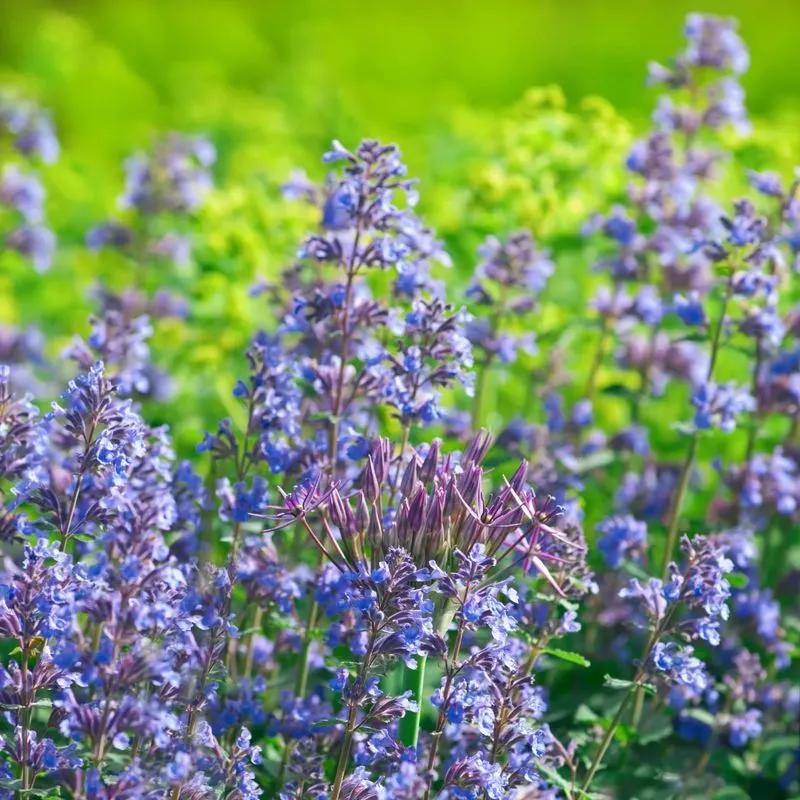
Catmint, with its aromatic leaves and spikes of lavender-blue flowers, is a favorite among gardeners and pollinators alike. This perennial thrives in sunny areas and spreads rapidly, making it ideal for borders.
Its drought-resistant nature ensures it stays lush with minimal water. Catmint’s fragrance is refreshing, and interestingly, it’s a close relative of catnip. If you want a perennial that adds color and aroma while attracting beneficial insects, catmint is a perfect choice.
Yarrow
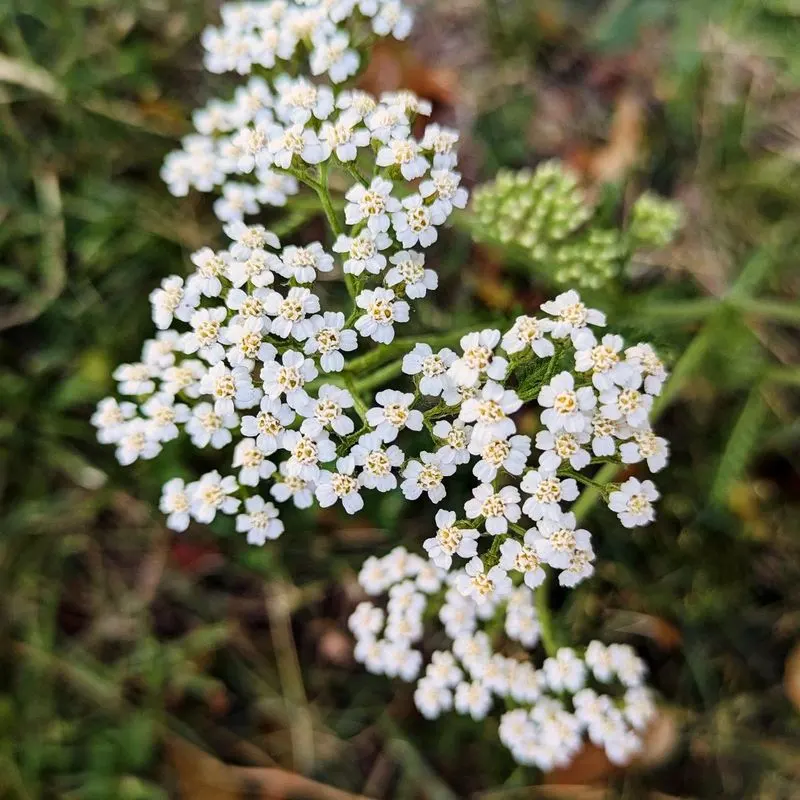
Yarrow is a hardy perennial known for its feathery leaves and clusters of tiny flowers. It spreads vigorously, making it suitable for meadows or naturalized areas.
Yarrow is drought-tolerant and thrives in sunny locations, offering a long-lasting display of colors. Historically, it was used for healing wounds due to its anti-inflammatory properties. This plant not only adds beauty but also serves as a beneficial herb in gardens.
Creeping Jenny
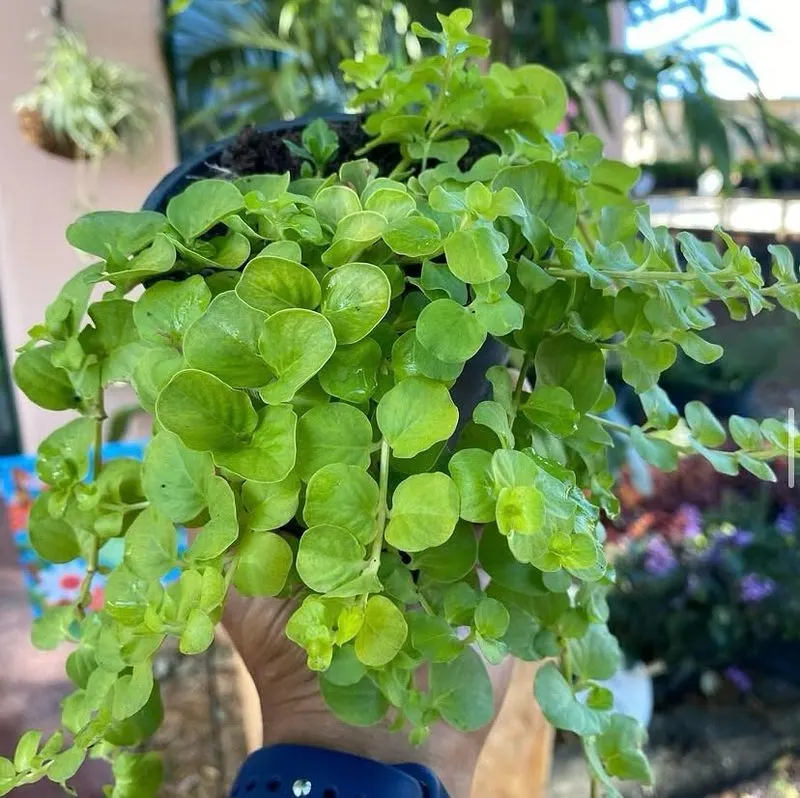
Creeping Jenny, with its bright yellow-green leaves, is excellent for ground cover, especially around ponds or in hanging baskets. It spreads quickly, cascading beautifully over edges.
This perennial loves moist environments and partial shade, thriving in areas that mimic its natural habitat. Its vibrant color provides contrast in gardens, brightening shady spots. A fun detail: Creeping Jenny is often used in fairy gardens for its whimsical appearance.
Coneflower
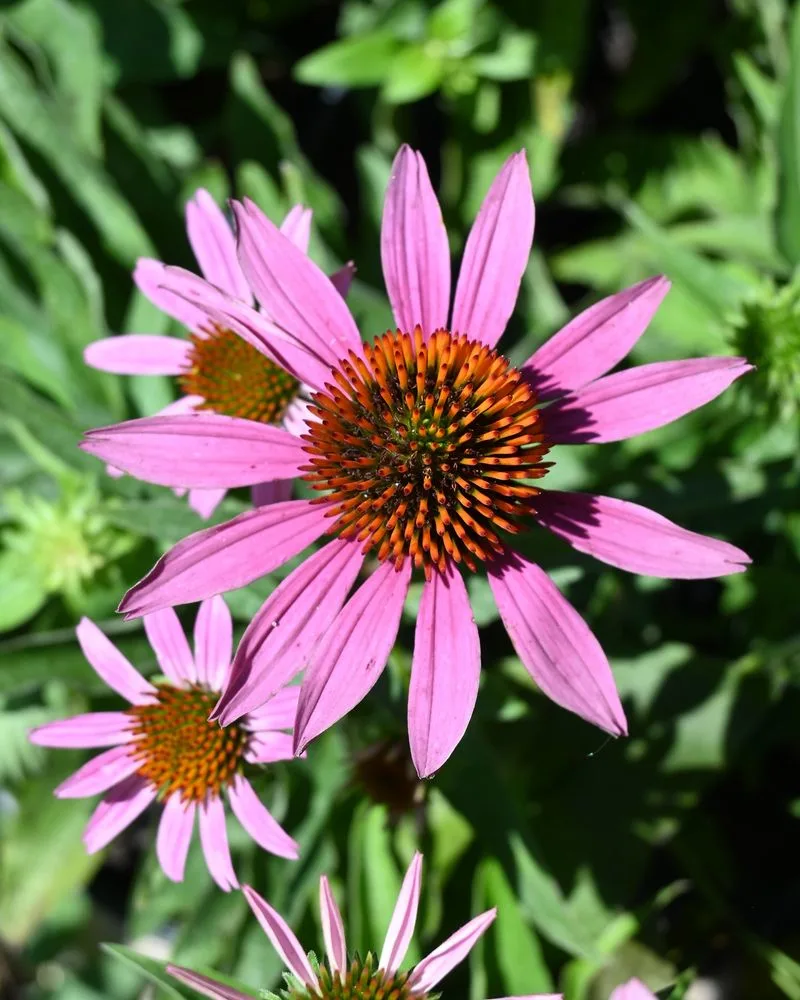
Coneflowers are standout perennials with large, daisy-like flowers and prominent centers. They spread easily, creating vibrant clusters that attract butterflies and bees.
Perfect for sunny gardens, coneflowers are drought-resistant and resilient. They’re often used in native plant gardens for their adaptability. Did you know? Coneflowers were traditionally used by Native Americans for medicinal purposes, particularly in teas.
Russian Sage
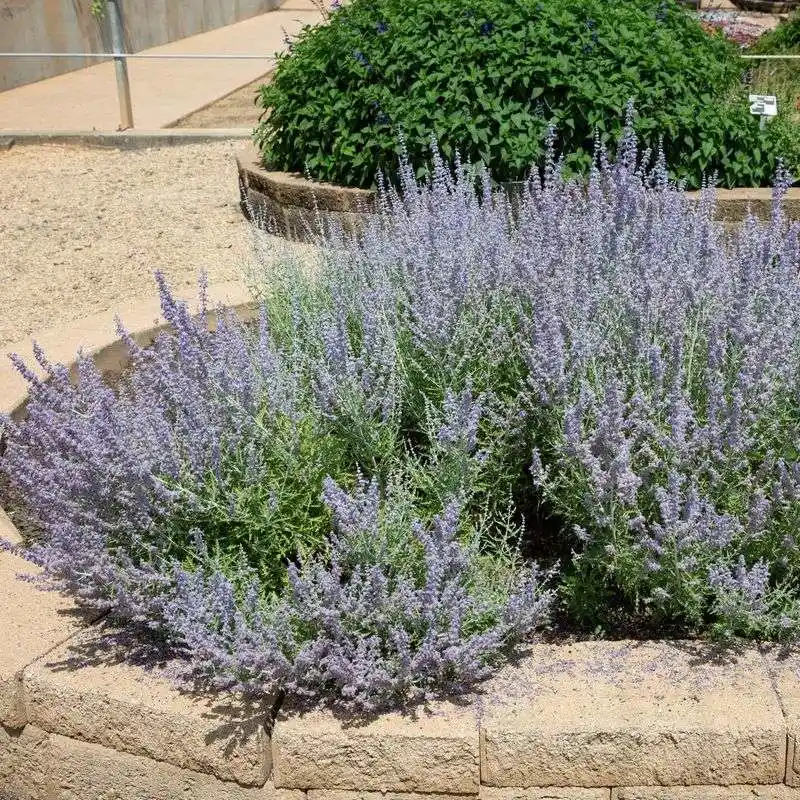
Russian Sage stands out with its tall, airy stems and lavender-blue flowers. It spreads readily, filling spaces with its aromatic foliage and vibrant blooms.
This perennial thrives in sunny, dry locations and is perfect for adding height and color to borders. Russian Sage is a favorite in drought-tolerant gardens. An interesting note: despite its name, it’s not a true sage but is related to mint.
Sweet Woodruff
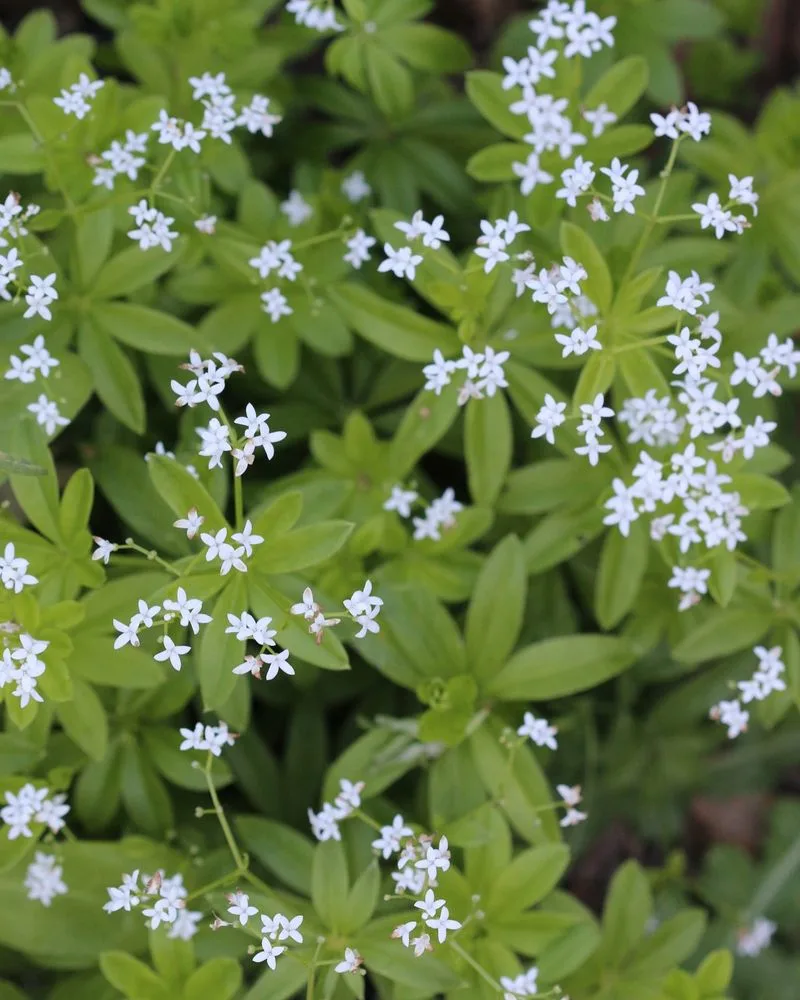
Sweet Woodruff is a charming ground cover, famous for its whorled leaves and tiny white flowers. It forms dense mats, suppressing weeds effectively.
This perennial thrives in shaded, moist environments, making it ideal for woodland gardens. Sweet Woodruff is often used in traditional German May wine for its sweet scent. It’s a delightful addition to any shaded area, offering both beauty and functionality.
Salvia
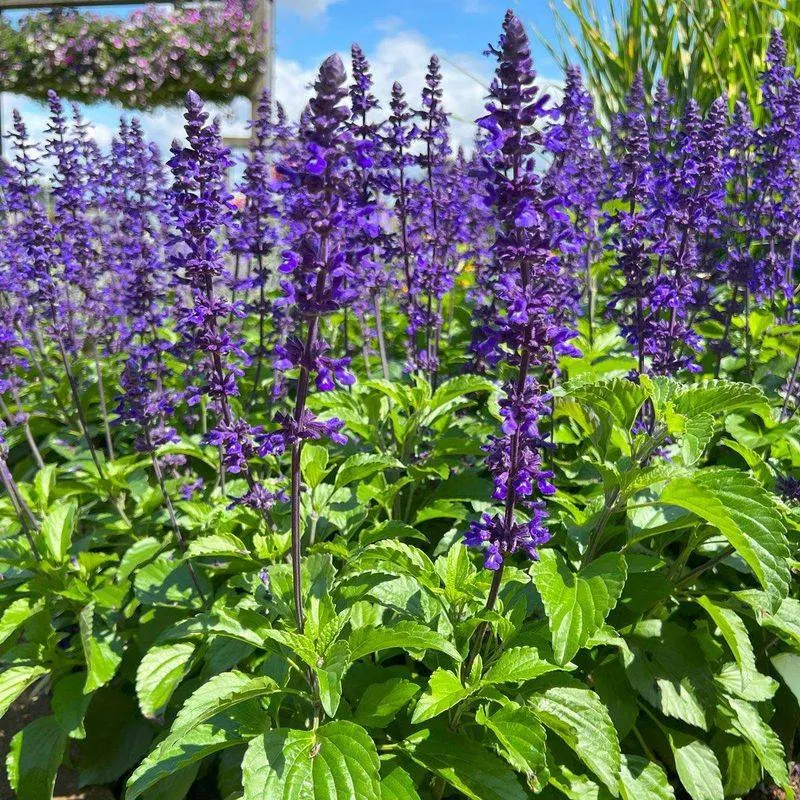
Salvia is known for its spikes of vibrant flowers, attracting a host of pollinators. It spreads easily, providing a continuous show of color throughout the growing season.
This perennial thrives in sunny areas and is drought-tolerant once established. Salvia’s aromatic foliage adds another layer of interest to gardens. A fun fact: Salvia is part of the mint family and has been used historically for its purported health benefits.
Garden Phlox
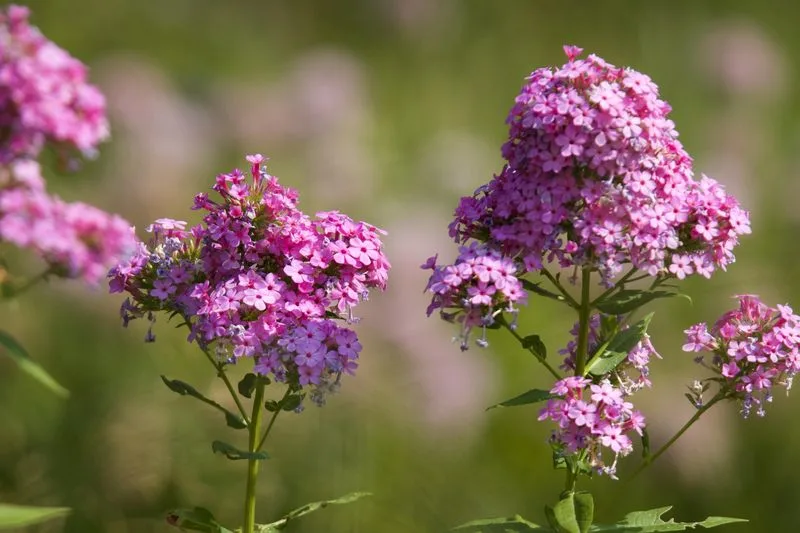
Garden Phlox stands out with its clusters of fragrant flowers, offering a long-lasting display of color. It spreads quickly, filling garden beds with its rich hues.
This perennial thrives in sunny locations, attracting butterflies and hummingbirds. Garden Phlox is cherished for its sweet scent, making it a favorite in cottage gardens. Fun tidbit: Phlox means “flame” in Greek, reflecting its vibrant colors.
Brunnera
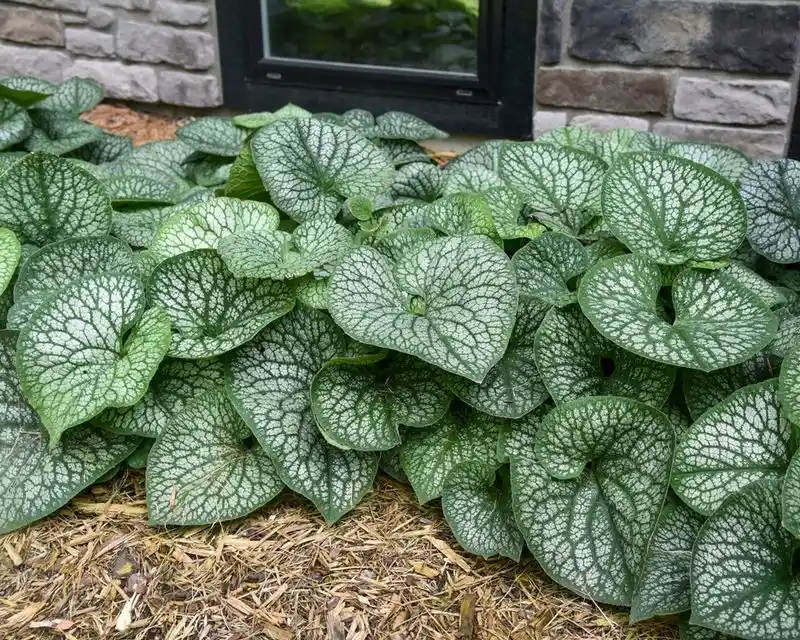
Brunnera, with its heart-shaped, silver-veined leaves, adds elegance to shaded gardens. It spreads gradually, forming lovely mounds of foliage.
This perennial thrives in cool, moist conditions, making it perfect for woodland gardens. Brunnera is often called Siberian Bugloss, hinting at its cold-hardy nature. It’s an excellent choice for adding texture and interest to shaded areas in the garden.
Liriope

Liriope, often called lilyturf, is a versatile perennial with grass-like foliage and spikes of purple flowers. It spreads quickly, forming dense clumps that are perfect for borders.
This plant thrives in a variety of conditions, from sun to shade, and is drought-resistant once established. Liriope adds both color and texture to gardens. An interesting note: it’s often used as a lawn alternative due to its low maintenance and hardiness.
Astilbe
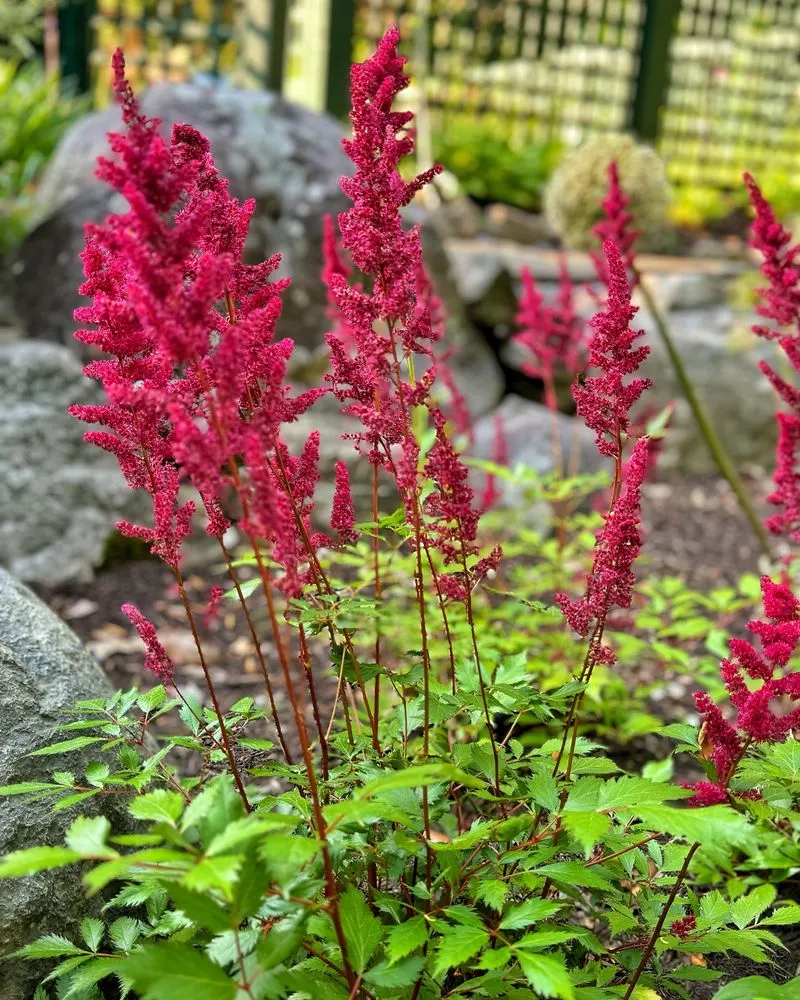
Astilbe’s feathery plumes and fern-like foliage bring a touch of elegance to shaded gardens. It spreads slowly, forming beautiful clusters that bloom in summer.
This perennial thrives in moist, shaded environments, perfect for adding color to damp areas. Astilbe is known for its long-lasting blooms and is often used in cut flower arrangements. Its delicate beauty and adaptability make it a garden favorite.

